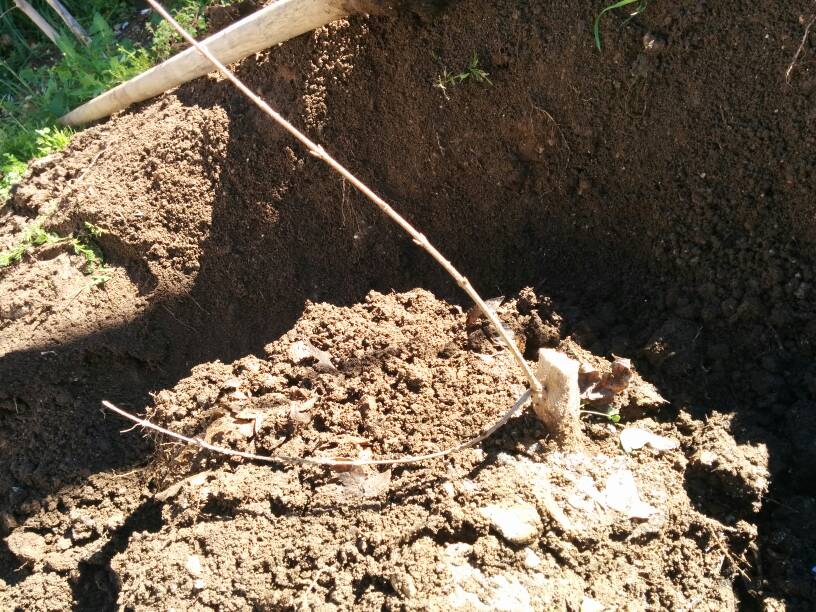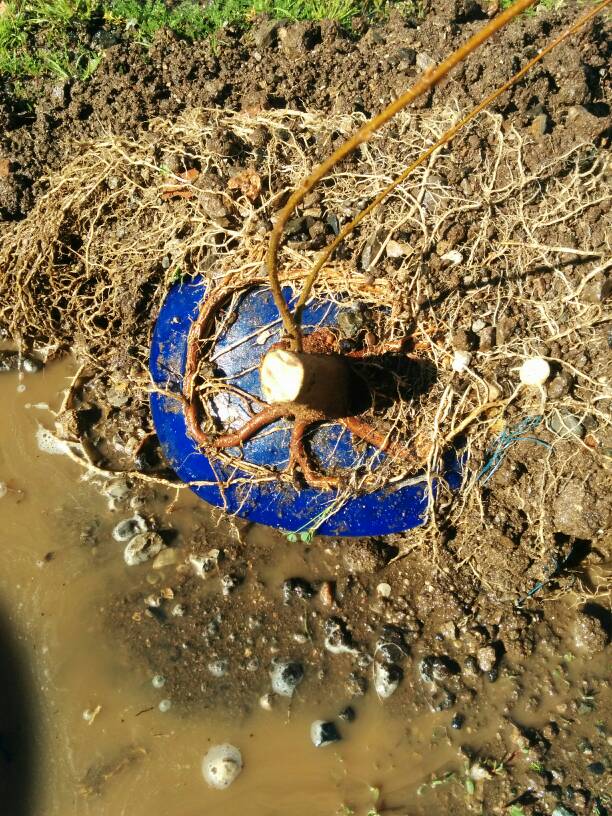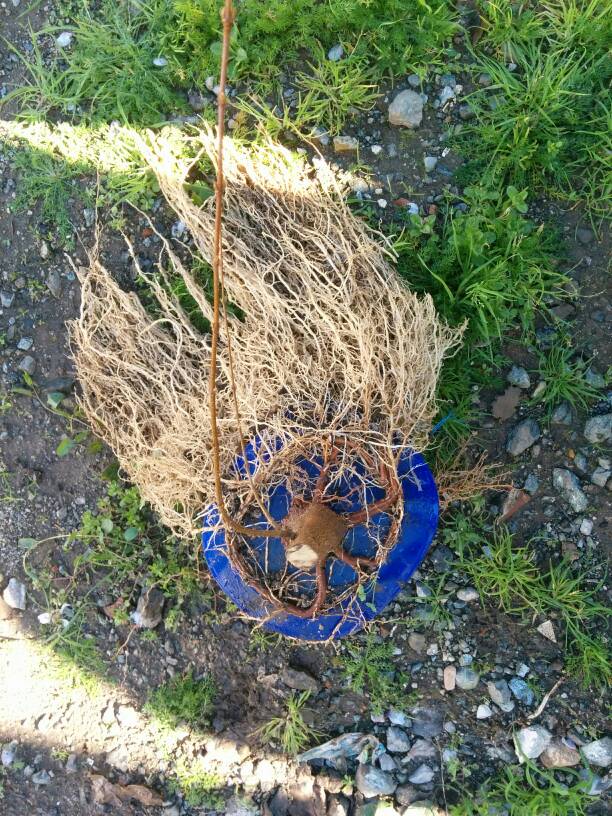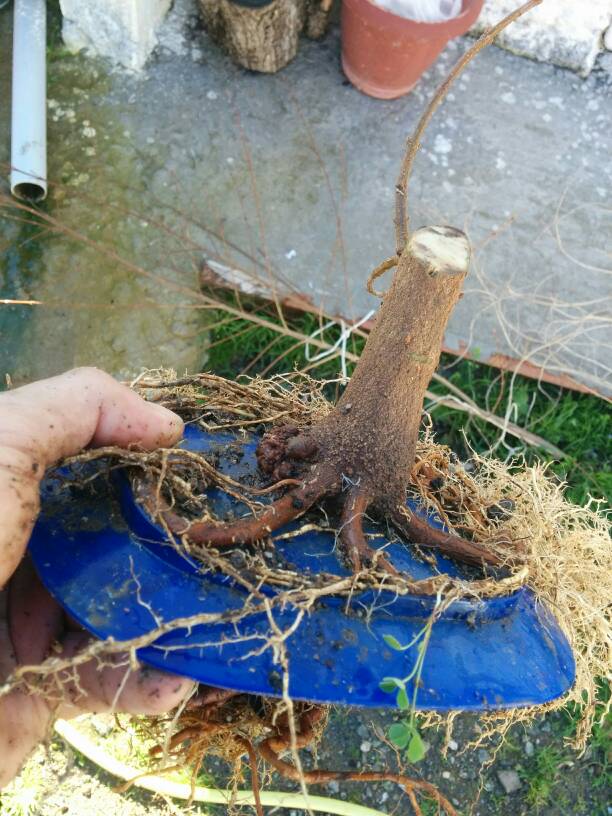Hello all!
20 months ago I started a project planting 30 trident maple seedlings. I planted all of them after passing the roots through a 1.2cm hole in the middle of a plastic plate. The pictures describe the process:






Fast forward 15 months:










And as of today:


The problem:
4 died during this period. All of them had symptoms of leaf decoloration (chlorosis?). Now most of the trees are affected:


I have already poured ~8kg of Sulphur round their roots last year and another 5kg just yesterday. Is there something else I should do? I live in Central Greece, zone 9b.
Thank you in advance for your time and help!
Kostas
20 months ago I started a project planting 30 trident maple seedlings. I planted all of them after passing the roots through a 1.2cm hole in the middle of a plastic plate. The pictures describe the process:






Fast forward 15 months:










And as of today:


The problem:
4 died during this period. All of them had symptoms of leaf decoloration (chlorosis?). Now most of the trees are affected:


I have already poured ~8kg of Sulphur round their roots last year and another 5kg just yesterday. Is there something else I should do? I live in Central Greece, zone 9b.
Thank you in advance for your time and help!
Kostas














